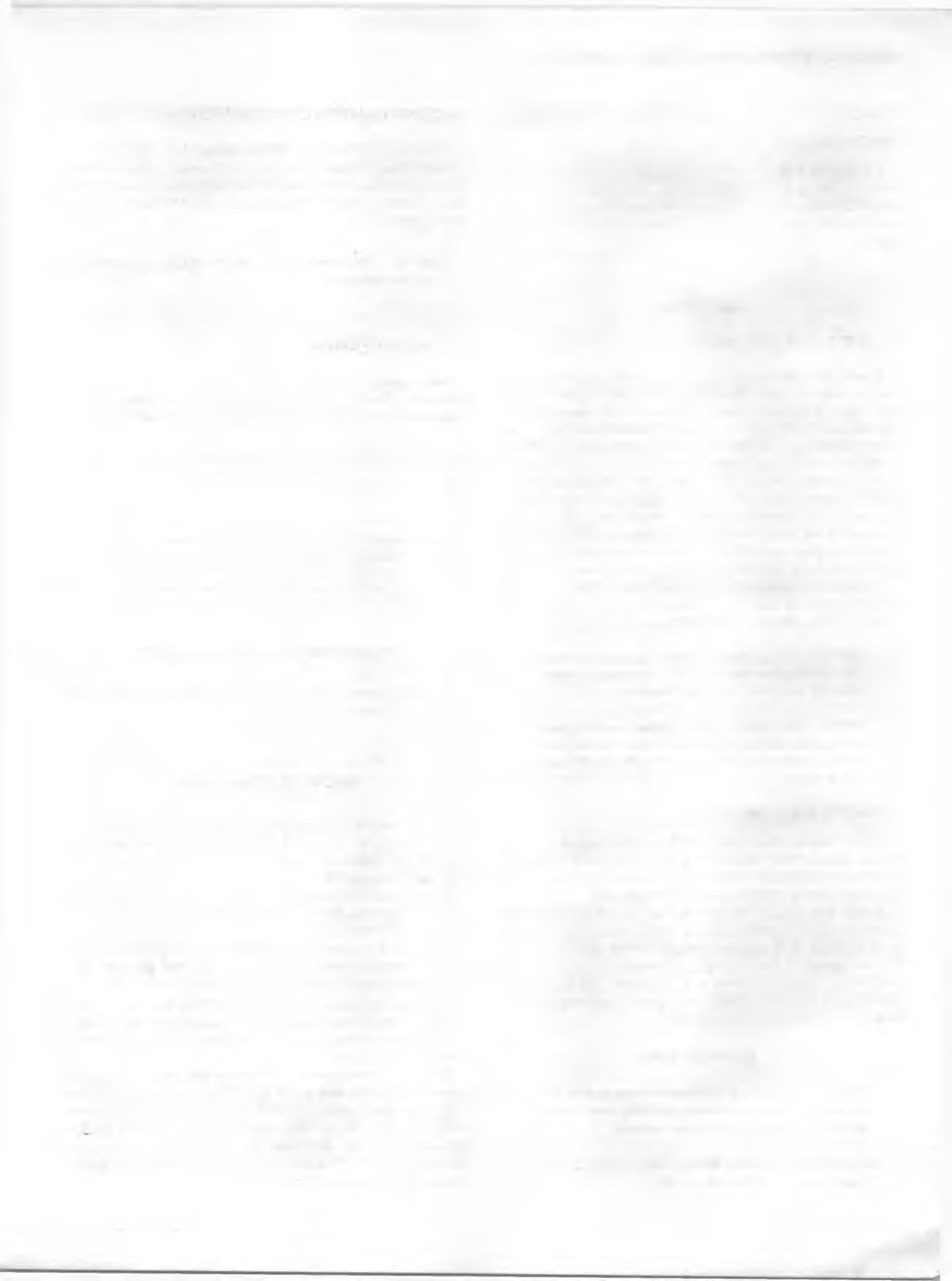
4 minute read
RADIATOR AND GRILLE
PROPELLER SHAFT SLIP JOINTS
Propeller shaft slip joints should be lubricated every 6,000 miles w ith w ater resistant EP chassis grease which meets General M otors Specifications GM 6 0 3 1M.
PARKING BRAKE
B R A K E S
Every 6,000 miles clean and lubricate all parking brake pivot points w ith water resistant EP chassis grease which meets General M otors Specification No. GM 6 0 3 1M.
H Y D R A U LIC BRAKE SYSTEM
The service brake and parking brake systems are designed for braking perform ance under a wide range o f driving conditions even when the vehicle is loaded to its full rated vehicle load.
C A U T IO N : Driving through deep water may affect brake performance. To assure normal operation after being wetted, service brakes must be dried. To dry them quickly, lightly apply the brakes while maintaining a slow forward speed until brake performance returns to normal.
The service brakes on vehicles equipped with a split system are designed so that in the event o f a hydraulic fluid leak in one-half of the system , the other half still provides braking action. A brake system warning light is located in the instrum ent cluster. The function of this light is to indicate a m alfunction in the regular braking system. In the event of broken brake lines, m ajor brake fluid loss, air in the brake lines or a pressure deviation between the front and the rear wheel brake lines, the light will com e on and stay on while braking. In this event, the vehicle should n o t be driven until the cause has been determ ined and, if necessary, corrected.
Vehicles equipped with power brakes use engine vacuum to reduce the braking effort. The system has a vacuum reserve which will supply tw o or more pow er assisted brake applications after the engine has stopped. A fter the vacuum reserve has been exhausted, the vehicle can still be stopped by using greater pedal force.
The Chevrolet braking system requires very little care; how ever, the system should be checked occasionally for indications of fluid leak. If leaks are found the necessary repairs should be made at once. Keep the brakes properly adjusted. Check all vacuum hose connections for leakage.

Master Cylinder
Check m aster cylinder fluid level in both reservoirs every 6,000 miles. If the fluid is low in the reservoir, it should be filled to a point about 1/4" from the top rear of each reservoir with G.M. Supreme No. 11 Hydraulic Brake Fluid or equivalent.
Inspection of Brake Lining
C A U T IO N : Brake linings should be periodically inspected for wear. The frequency of this inspection depends upon driving conditions such as traffic or terrain, and also the driving techniques of individual customers.
Automatic Brake Adjusters
Most trucks with hydraulic brakes are equipped with self- adjusting brakes which eliminate periodic brake adjustm ents. THE SELF-ADJUSTING MECHANISM IS ACTUATED, AS NEEDED, WHENEVER THE TRUCK IS MOVED IN REVERSE AND THE BRAKES ARE APPLIED.
POWER BRAKE VACUUM UNITS
Trucks equipped with power brakes utilize engine vacuum to reduce the braking effort to much less than is required with regular brakes. A built-in vacuum reserve will supply tw o or more power assisted brake applications after the engine has stopped. A fter the vacuum reserve has been exhausted, the vehicle can be stopped utilizing the manual portion o f the power brake system although considerably more foot pressure will be needed to stop the vehicle.
W H E E L S A N D T IR ES
WHEEL NUT T O R Q U E S -
On a new vehicle or after the wheel has been changed, the wheel nut torque m ust be checked at 100, 1,000 and 6,000 miles and every 6,000 miles thereafter.
R etorque wheel nuts to 55-75 ft. lbs. on 10-20 Series and 65 to 90 ft. lbs. for 30 Series models.
WHEEL BEARINGS
NOTE: Use high melting point wheel bearing lubricant which meets General Motors Specification No. GM 6031M .
Front
Due to the weight o f the tire and wheel assembly it is recom m ended that they be removed from hub before lubricating bearings to prevent damage to oil seal. Then remove the front wheel hub to lubricate the bearings. The bearings should be thoroughly cleaned before repacking w ith lubricant.
F ront wheels are equipped w ith tapered roller bearings on all trucks. Wheel bearings should be lubricated every 30,000 miles. Do n ot mix wheel bearing lubricants.
C A U T IO N : "Long fibre" type greases should not be used on roller bearing front wheels.
Rear
The rear wheel bearings receive their lubrication from the rear axle. When installing bearings which have been cleaned, repack with lubricant.





